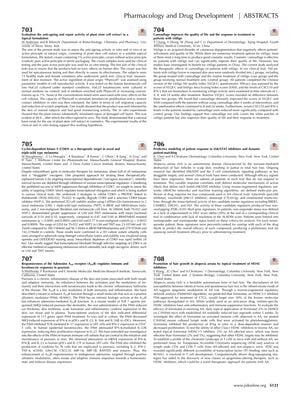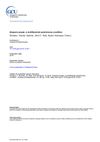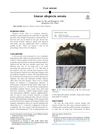Promotion of Hair Growth in Alopecia Areata by Topical Treatment of HDAC Inhibitors

TLDR HDAC inhibitors, like Vorinostat and Entinostat, can help regrow hair in alopecia areata.
The study investigated the use of HDAC inhibitors, specifically Vorinostat and Entinostat, for treating alopecia areata (AA), an autoimmune hair loss condition. Vorinostat, an FDA-approved HDAC1/3 inhibitor, was predicted to target over 50% of the dysregulated pathways in AA. Topical application of Vorinostat (2% in DMSO) on C3H/HeJ mice with AA induced significant hair regrowth within 5 weeks. Vorinostat also inhibited IFNg production and decreased proliferation of activated immune cells in vitro. Entinostat (2%) was found to be more effective than Vorinostat in reversing AA in mice. ATAC-seq analysis of T cells from AA-affected and non-alopecic mice revealed differences in transcription factor binding sites, suggesting epigenetic modulation. The findings supported the potential of HDAC inhibitors as a novel therapeutic approach for AA.

